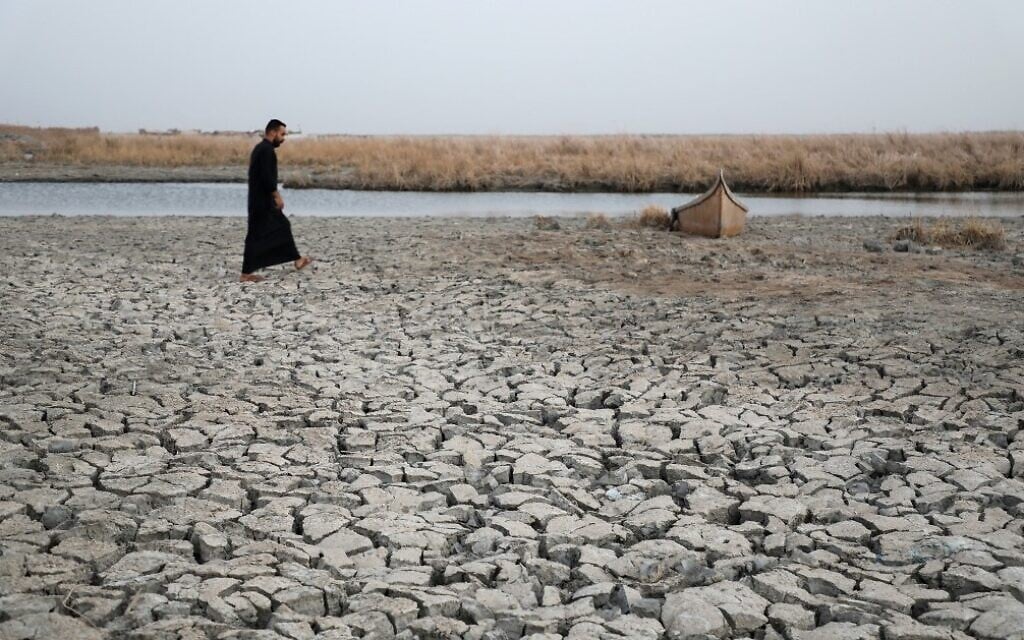
The Inescapable Significance of Context: History, Science, and the Ancient Foundations of Knowledge
In my role as a narrative historian focused on the contextual history of science, I primarily consider myself a storyteller—someone who intricately weaves threads from the past into elaborate tapestries that illuminate the advancement of our comprehension of the world. A recurring theme I revisit is that science—and, indeed, every human intellectual pursuit—does not appear in isolation. Instead, it arises within comprehensive contexts that include geography, environment, politics, economics, culture, climate, belief, and social frameworks. Attempting to elucidate the path of science without such a context answers only a part of the truth.
Context is crucial. Without it, one risks succumbing to the notion of presentism—a historiographical trap where historical figures and concepts are assessed or interpreted exclusively through today’s lens of knowledge, beliefs, and values. Presentism eliminates the backdrop that influenced historical advancements, frequently misrepresenting or oversimplifying intricate innovations and leading to incorrect assertions regarding causation or significance.
Take astrology, for instance—a domain many earlier historians have dismissed as pseudoscience or superstition. From a contemporary empirical standpoint, such a judgment may seem justified. However, when viewed within context, astrology significantly shaped the emergence and evolution of astronomy. In ancient times, they were entwined; indeed, Claudius Ptolemaeus (Ptolemy) regarded them as components of a singular discipline. The endeavor to monitor celestial occurrences, foresee planetary shifts, and connect them with terrestrial events fueled the development of mathematical instruments and observational methods that established the groundwork for scientific astronomy.
The Renaissance city of Nürnberg (Nuremberg) represents another striking example of science flourishing under particular contextual demands. From a modern viewpoint, Nürnberg in the 15th and 16th centuries became a center for scientific tools and mathematical advances. Yet, this evolution wasn’t driven by a passion for pure science. Instead, economic aspirations—particularly those tied to trade, navigation, and pricing—propelled the necessity for instruments such as astrolabes, sundials, and celestial maps. The mathematicians of Nürnberg were not merely theoretical thinkers; they were pragmatic specialists addressing commercial requirements.
This focus on material context is especially important when examining the profound historical foundations of scientific fields. Ancient Mesopotamia—located in what is currently Iraq, nestled between the Tigris and Euphrates rivers—plays a crucial role in this narrative. While often labeled “The Cradle of Civilisation,” a term I find contentious due to its Eurocentric overtones, this region indeed made significant contributions to the framework of science as we recognize it today. Nevertheless, Mesopotamia stood as one of numerous parallel hubs of civilization; contemporary societies in the Indus and Yellow River valleys were also achieving remarkable progress in writing, mathematics, and social organization.
The scientific heritage of Mesopotamia is extensive. Its scribes were pioneers in documenting knowledge—using cuneiform on clay tablets—marking the dawn of historical record-keeping and thus, by conventional definitions, history itself. The cultures there were at the forefront of formalized systems of astrology and astronomy, utilizing their base-60 (sexagesimal) numerical system to catalog celestial events. This system continues its legacy today in the form of 60-minute hours and 360-degree circles. These advancements were not sought in isolation but were intricately linked to the religious, agricultural, and political requirements of society.
To enrich my comprehension of these essential developments within their original context, I was excited to delve into Moudhy Al-Rashid’s book, Between Two Rivers: Ancient Mesopotamia and the Birth of History (Hodder, 2025). This recent publication is a remarkable achievement in contextual history and serves as an exemplary lesson in merging archaeological insights with narrative storytelling.
Instead of striving to deliver an all-encompassing chronological overview of the over 4,000-year-long Mesopotamian narrative—a task that would necessitate an entire library—Al-Rashid employs a fresh methodology. She structures her account around specific artifacts unearthed from the area, using each as a focal point to investigate broader cultural themes, transitions, and intellectual progressions. This approach allows for both detail and expanse, providing snapshots filled with interrelated implications.
The book commences with a captivating scene: the excavation conducted by Leonard Woolley in the 1920s of a chamber in the palace of Enigaldi-Nanna, a priestess-princess of Ur. The chamber held artifacts that spanned millennia, which Woolley referred to as “a museum.” Whether it truly functioned as a museum in the contemporary sense is arguable, but it stands as a powerful emblem for Al-Rashid’s own approach—extracting insights from fragmented remnants and knitting them into coherent and relatable stories.
Each subsequent chapter builds on this foundation. The first artifact-centered exploration showcases an inscribed clay drum, providing an entry point into the origins and roles of writing within Mesopotamian society.